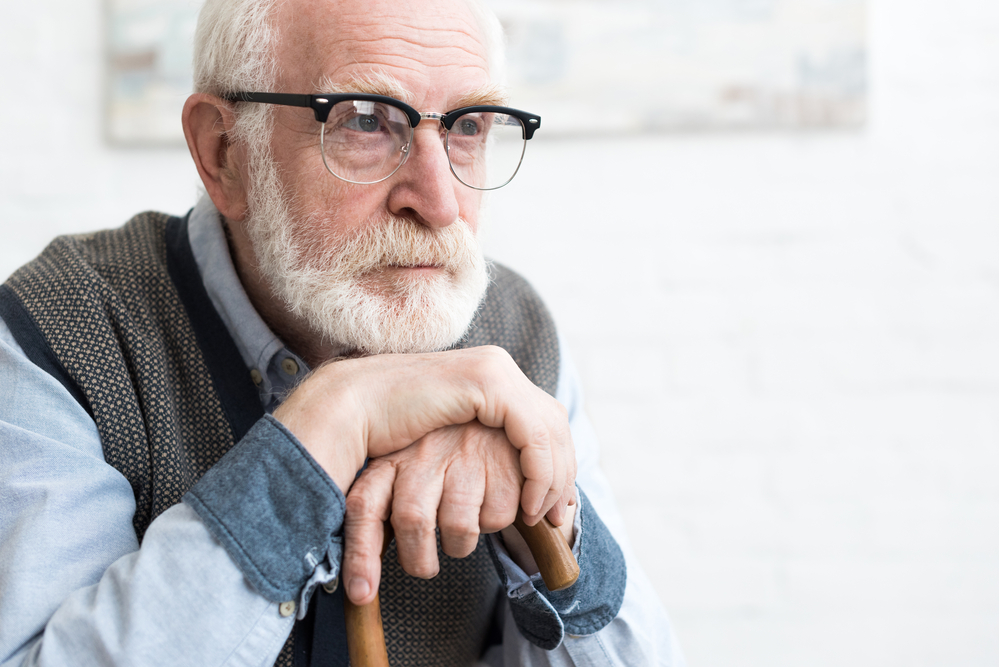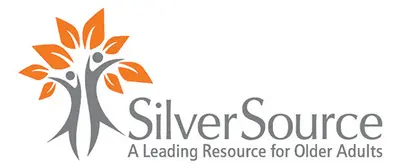The Growing Impact of Isolation

This past April, the oldest resident of the U.S., Hestor Ford, passed away at 115 years old in the home she lived in since the early 1960s. She lived through sharecropping, the 1918 flu pandemic, the Great Depression, World Wars I and II, Jim Crow laws, the civil rights movement, and the coronavirus pandemic. She experienced a lot in her long life.
Americans are living longer than ever but they are not necessarily living healthier, more active lives. Some of the biggest issues facing today’s older adults are as follows:
•Working longer and retiring into poverty;
•Outliving their savings;
•Evictions and homelessness;
•Declining physical and mental health;
•Larger expenditures on healthcare;
•Lack of transportation; and
•Isolation and loneliness.
A recent study by the Centers for Disease Control (CDC) found that loneliness had reached epic proportions even before Covid-19. Isolation is defined as being physically or emotionally disconnected from friends, family and the community. Different from isolation, loneliness is how people perceive their situation. The pandemic created a paradox for seniors; they had to isolate themselves to avoid the coronavirus but could potentially suffer the health risks associated with loneliness. These risks include a 50% increase in dementia, a 29% increase in heart disease risk and a 32% increase in the risk of stroke.
Believe it or not, prolonged isolation can have an impact on health that is equivalent to smoking 15 cigarettes a day.
Staying connected required resilience and the willingness to try new things in 2020. Zoom, a video conferencing tool, became a lifeline to continue activities previously done in person. Exercise classes and creative pursuits like art classes moved online. Voice-activated technology like Amazon’s Alexa provided reminders to take medication, told jokes, and played favorite songs. People stayed in touch by using FaceTime and texting on their cellphones. Feel-good activities like taking nature walks and volunteering were other good ways to get out of the house and help others. We learned to adapt virtually and in-person by wearing masks and socially distancing. As people get vaccinated and return to the activities they enjoy, we are craving hugs and being physically together more than ever.
SilverSource protects financially vulnerable older residents who are facing economic uncertainty. We provide financial assistance, counseling, and advocacy to address urgent needs and keep older adults in their homes, including eviction prevention, help with utility payments, medical devices and alerts, and other supports that allow seniors to age in place safely.
Outreach includes assistance accessing services that improve economic security, well-check calls by volunteers to provide a friendly conversation, weekly grocery deliveries to the homebound, and other caring connections to the elderly in our community.
If you or a loved one needs help, call SilverSource at 203-324-6584. Our expert staff can provide assistance and connect you with the support you need.
Visit our website at www.silversource.org for more information on all of our services.
Founded in 1908, SilverSource is an independent, nonprofit organization that provides information, financial support, and other services that positively improve the quality of life for people over age 60 while serving as a resource center and referral source for older adults and their families in lower Fairfield County.
Meleisa Holek
Program Manager
MHolek@silversource.org
203.324.6584

